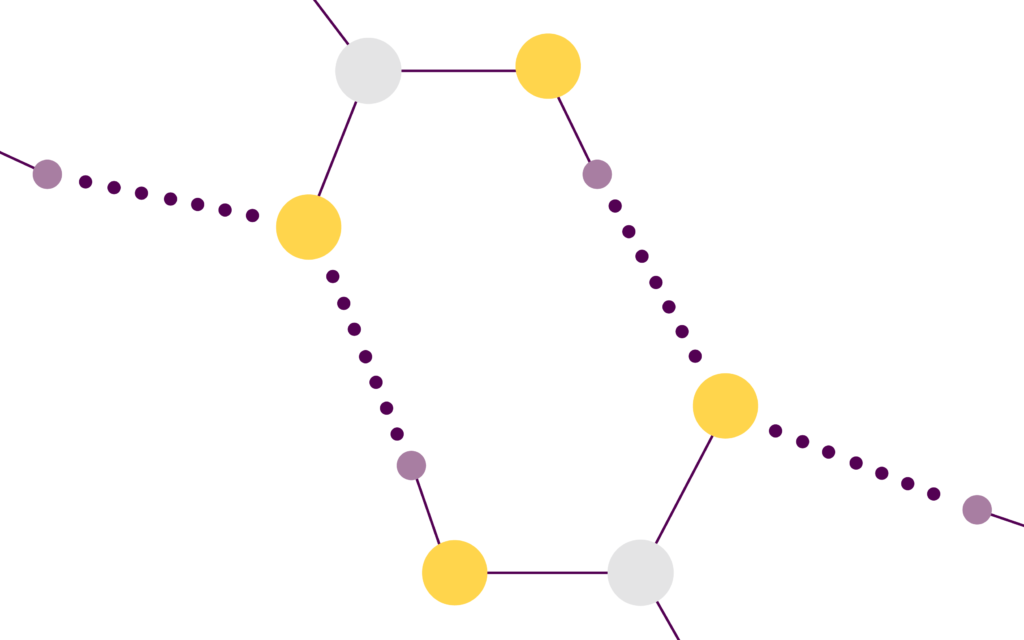The First Crystalline Structure of THCA-A and What It Means
A collaboration between MCR Labs, Brandeis University, and Skell Labs has led to the first crystalline form of the cannabinoid THCA-A

Tetrahydrocannabinolic acid A (THCA-A) is the dominant compound produced by most cannabis plants and is the non-psychoactive precursor cannabinoid to Tetrahydrocannabinol (delta-9-THC). THCA-A has been of interest to researchers for some time, as it is thought to possess considerable potential medicinal benefits, such as anti-inflammatory and neuroprotective properties. Unfortunately, the compound can be difficult to stabilize, which has been a roadblock to further research on the cannabinoid.

Recently, a collaboration between MCR Labs, Skell Labs, and Brandeis University bulldozed that roadblock, as they were able to determine the crystal structure of THCA-A. This discovery will pave the way for further research and product development for this specific cannabinoid, as well as its decarboxylated product, delta9-THC.
So why is stability so important to research and product development? Let’s talk about it.
Chemical Stability
Chemical stability is a major area of study during drug development in the pharmaceutical industry, as different forms of crystalline drugs will affect how the body absorbs that drug. Simply put, if there are two forms of a solid drug, one may be so insoluble that it has no beneficial effect, while another more soluble form could offer a perfect treatment regimen. Product storage is likewise a concern when faced with unstable compounds.
All chemical compounds, such as cannabinoids, are subject to degradation whether it occurs naturally over time or is instigated by heat, light, or an interaction with another compound. This degradation often leads to a loss in potency, negatively affects the product’s efficacy, and introduces potentially unwanted byproducts.
Obtaining the pure crystalline form of a compound, such as THCA-A, gives researchers a clear look at the structure of the compound and opens avenues to solve stability issues.
What the crystalline form of THCA-A means for cannabis research
In determining the crystal structure of THCA-A, researchers noted that each molecule within the structure had an intramolecular hydrogen bond, which connects pairs of molecules. In a paper co-authored by MCR Labs President Michael Kahn, Jeffrey Skell, and Bruce Foxman, researchers outline this discovery and what it could mean for future product development.

This hydrogen bond pattern, the paper says, could be an important key to unlocking alternative approaches to the stability issues that have been observed for both THCA-A and delta-9-THC. THCA-A could be a useful form for the storage and production of delta-9-THC, as the compound decarboxylates relatively cleanly into its product with minimal side reactions. Knowledge of the hydrogen bond pattern will also be helpful for further research on polymorphs or co-crystals, which might have different arrangements and thus, could also have an effect on the compound’s decarboxylation behavior.
Want a closer look at this discovery? You can download the paper for free on our website here.
